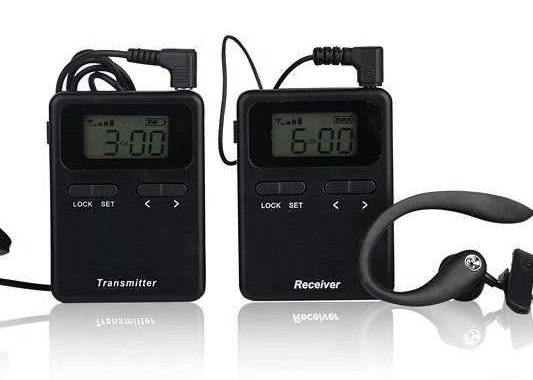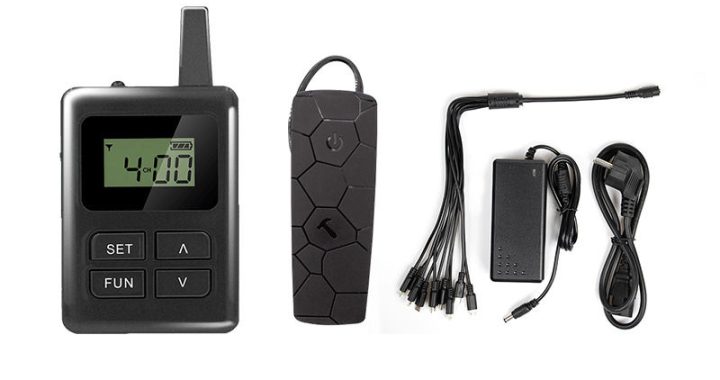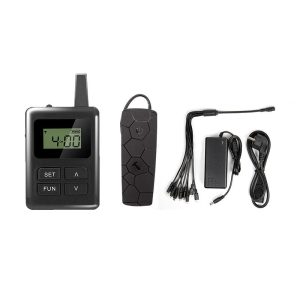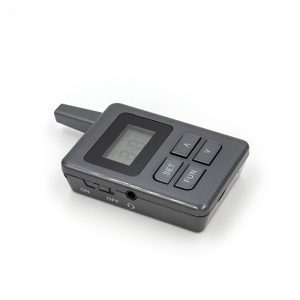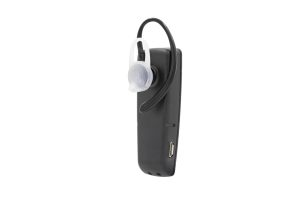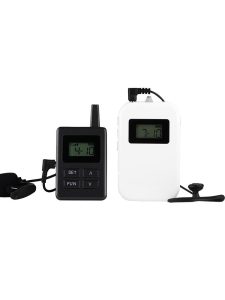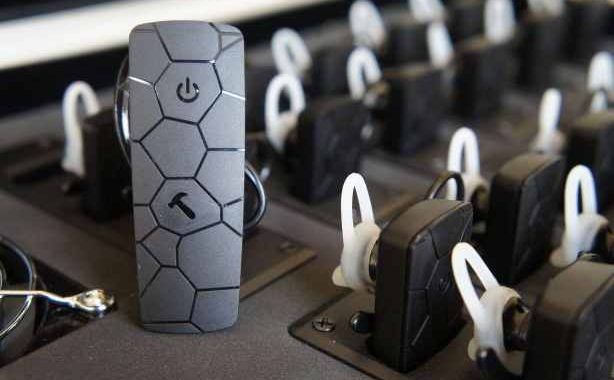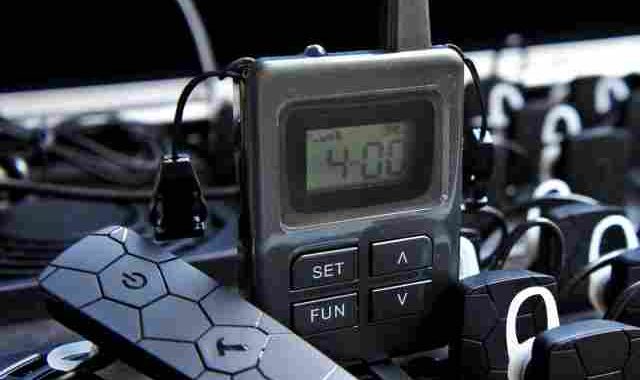Wireless Tour Guide System Buyer’s Guide (2025): How to Choose the Right System for Museums, Factories & Events
A wireless tour guide system is essential for clear, professional communication during group tours — whether you’re hosting VIPs at a semiconductor plant, leading students through a national museum, or managing multilingual conferences.
Yet many organizations still struggle with:
- Audio cutting out in noisy or crowded spaces
- Guests missing key information due to poor signal
- Systems that can’t support multiple tour groups
- Unexpected compliance issues (CE, FCC, ADA)
If this sounds familiar, you’re not alone. The problem isn’t your content — it’s your technology choice.
In this 2025 guide, we’ll help you cut through the marketing hype and choose a reliable, scalable, and cost-effective wireless tour guide system that actually works in real-world conditions.
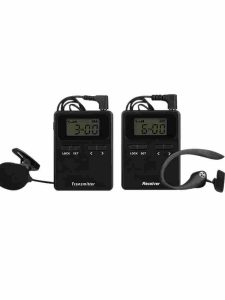


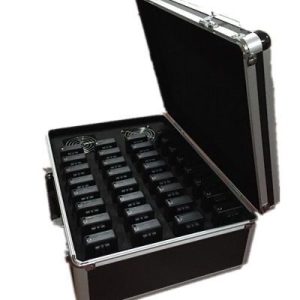
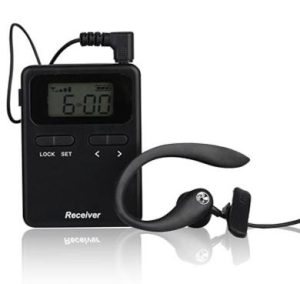

🔍 What Is a Wireless Tour Guide System?
A wireless tour guide system allows a guide (using a microphone transmitter) to speak clearly while multiple listeners (using receivers and earpieces) hear the message in real time — without wires, delays, or echo.
There are three main technologies used today:
| Technology | Pros | Cons | Best For |
|---|---|---|---|
| Infrared (IR) | Secure, no RF interference | ❌ Only indoors ❌ Short range (<30m) ❌ Fails in sunlight |
Top-secret briefings |
| 2.4GHz RF | Compact, easy setup | ❌ Wi-Fi/Bluetooth interference ❌ Max 100m range ❌ Limited channels (≤15) |
Small indoor tours |
| UHF Digital | ✅ 200m+ stable range ✅ 100+ channels ✅ No Wi-Fi interference ✅ Works outdoors & through walls |
Slightly larger units | Museums, factories, outdoor sites, events |
💡 Industry Trend: Over 75% of new professional deployments in 2024–2025 use UHF digital systems — especially in industrial and cultural venues.
🏛️ Top Applications & System Requirements
1. Museums & Art Galleries
- Need: Discreet earpieces, quiet operation, accessibility compliance
- Must-have: ADA-compliant assistive listening (US), EN 301 549 (EU)
- Ideal: Lightweight ear-hook receiver (e.g., 18g FG03 model)
2. Smart Factories & Industrial Plants
- Challenge: High noise, metal structures, large areas
- Solution: UHF system with strong penetration (863–865MHz band)
- Result: One automotive client reduced missed instructions by 40%
3. Outdoor Heritage & Religious Sites
- Avoid: IR (fails outdoors), 2.4GHz (unstable over distance)
- Choose: UHF with 8-hour battery, rugged case, rain resistance
4. Multilingual Conferences
- Requirement: Support for 6+ simultaneous interpreter channels
- Critical: ≥50 non-interfering channels to avoid crosstalk
⚖️ Hidden Costs Most Buyers Miss
- Non-certified units → Seized at customs (always ask for CE/FCC test reports)
- No OEM support → Can’t brand as your own solution
- Short battery life → Non-replaceable batteries = higher TCO
- Weak technical support → No firmware updates or remote troubleshooting
✅ 5-Point Checklist: Is Your System Professional-Grade?
- ✅ Uses true UHF (not “digital” 2.4GHz)
- ✅ Real-world range ≥ 150 meters
- ✅ Supports 50+ channels for multi-group use
- ✅ Certified: CE, FCC, RoHS (and ADA if serving US public)
- ✅ Supplier offers bulk pricing, OEM, and 3+ years support
If you miss 2 or more — it’s time to evaluate alternatives.
About MaiheGuide:
ISO 9001 certified manufacturer of professional wireless tour guide systems. Serving clients in 60+ countries since 2015. OEM/ODM supported. 5-year technical warranty.
